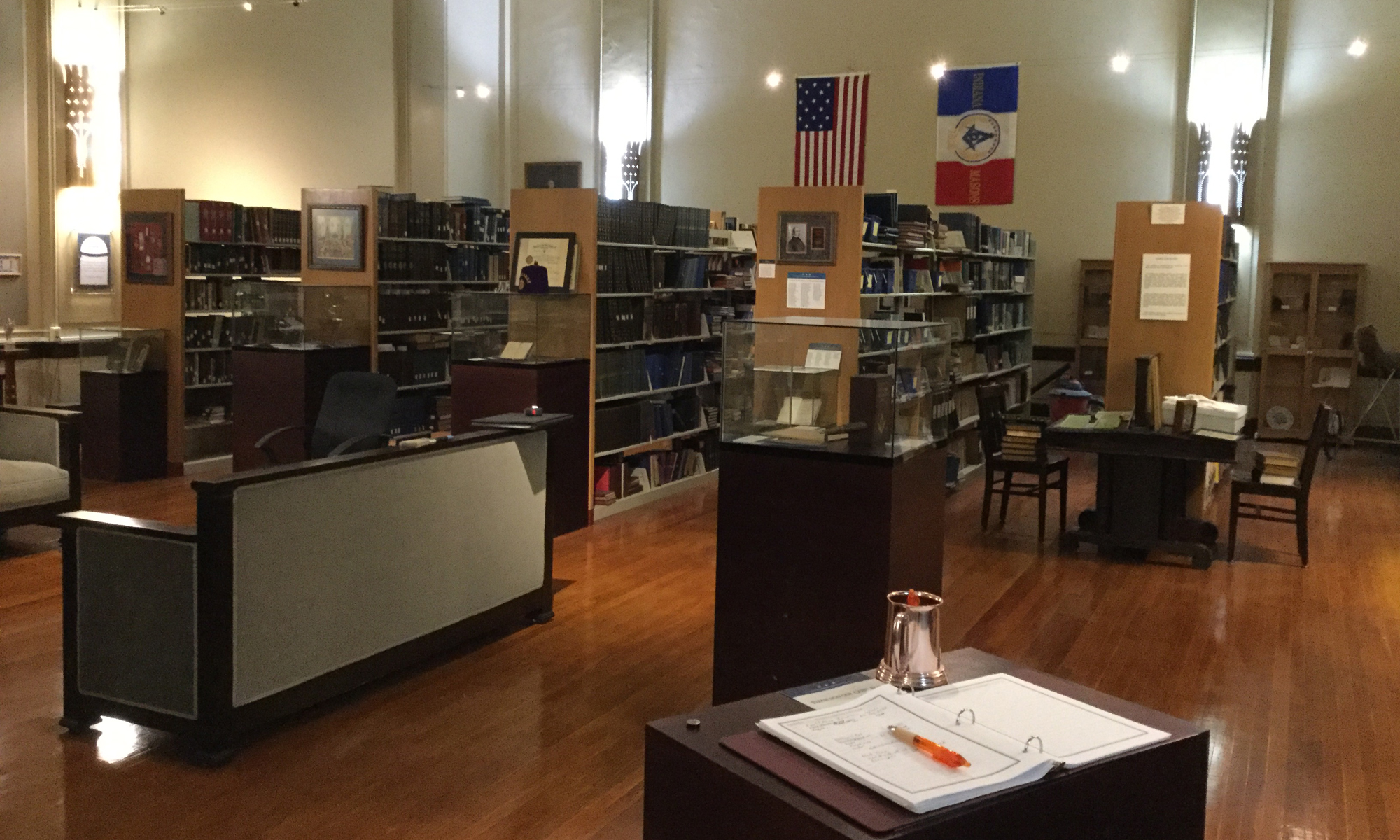Harry S Truman was an enthusiastic Missouri Freemason, and served as the Grand Master of that state in 1940-41. Coincidentally, he was a 33° Scottish Rite Freemason, and also 33rd president of the U.S. This is usually when we cue the spooky music. He had been Franklin Delano Roosevelt’s Vice-President, and succeeded him in 1945 when FDR died in office. He was officially elected in 1948 and served as president until 1953.
In 1945 when Truman first entered office, it was more than obvious that the White House required major repairs. Plaster was cracked, floors were sagging and repeated coats of white paint had obscured the decorative carving on the exterior. Upon further examination, the conditions were discovered to be even worse than anticipated. When a piano leg broke through an upstairs floor one day, it was the final straw. The house was inspected by engineers and declared unsafe to inhabit, since the supporting wooden structure had severely deteriorated. It was also the earliest years of the nuclear arms race, and there was no simple way to easily install a protective bomb shelter for the President. And so, the Trumans and all of the White House staff packed up, moved out, and the most radical remodeling ever undertaken in the history of the venerable, landmark building began in 1948. Everything inside of the White House was gutted, a deep basement was dug, and a steel supporting structure was erected inside of the existing exterior walls. As a result, there nothing left today of the original White House except its outer shell.
When the crews excavated the basement and old foundation, they discovered the original cornerstone laid by the Freemasons more than 150 years before on October 13, 1792. That stone and brass plate were kept undisturbed, but during a personal tour of the site, Truman himself spotted stacks of discarded stones chiseled with “mason’s marks.” These small inscriptions acted as personal signatures of the operative workmen who had carved the stones when the building had first been constructed. Many of the original workers had been skilled stonemasons from the Lodge of Journeymen Masons No. 8 in Edinburgh, Scotland, and such inscriptions play a symbolic role in the York Rite’s Royal Arch degree, the Mark Master.
In 1952, Truman contacted the Grand Lodge of the District of Columbia and arranged for more than a hundred of the stones to be delivered to their headquarters. To honor Masonic contributions to the White House’s original construction, he requested the Grand Lodge of D.C. to arrange for the distribution of one of the marked stones to be sent all of the grand lodges in the United States. Affixed with a small White House brass plaque, each stone was accompanied by a letter to that jurisdiction’s grand master from President Truman for the 150th anniversary of the building of the Presidential Mansion.
The picture frame the letter is mounted in is reputed to have been made of wood taken from the original White House beams, also removed during the huge project. The Mason’s Mark is not deeply chiseled in the stone and difficult to make out, but it is a twisted cross with bent ends (rather unfortunately resembling a swastika, carved more than a century before it acquired its sinister reputation), with a series of dots cut between the straight crossed lines. The operative mason from 1792 who carved it, alas, remains anonymous today.
— Christopher L. Hodapp, PM
